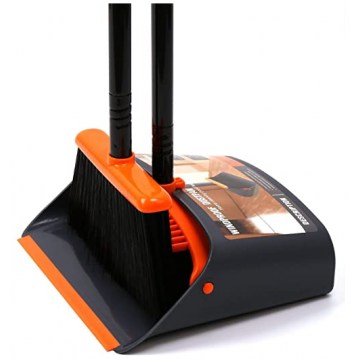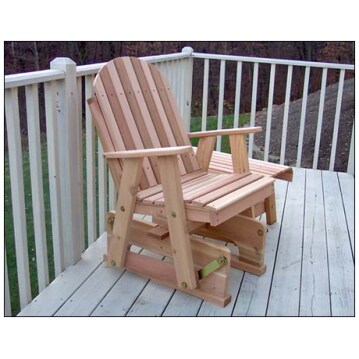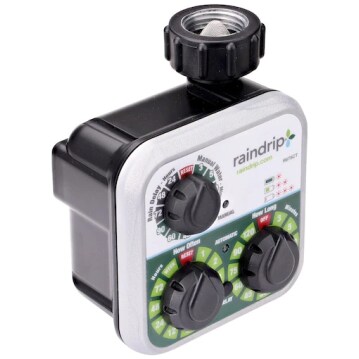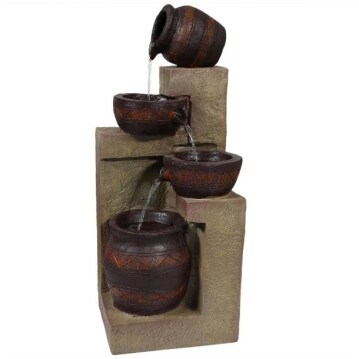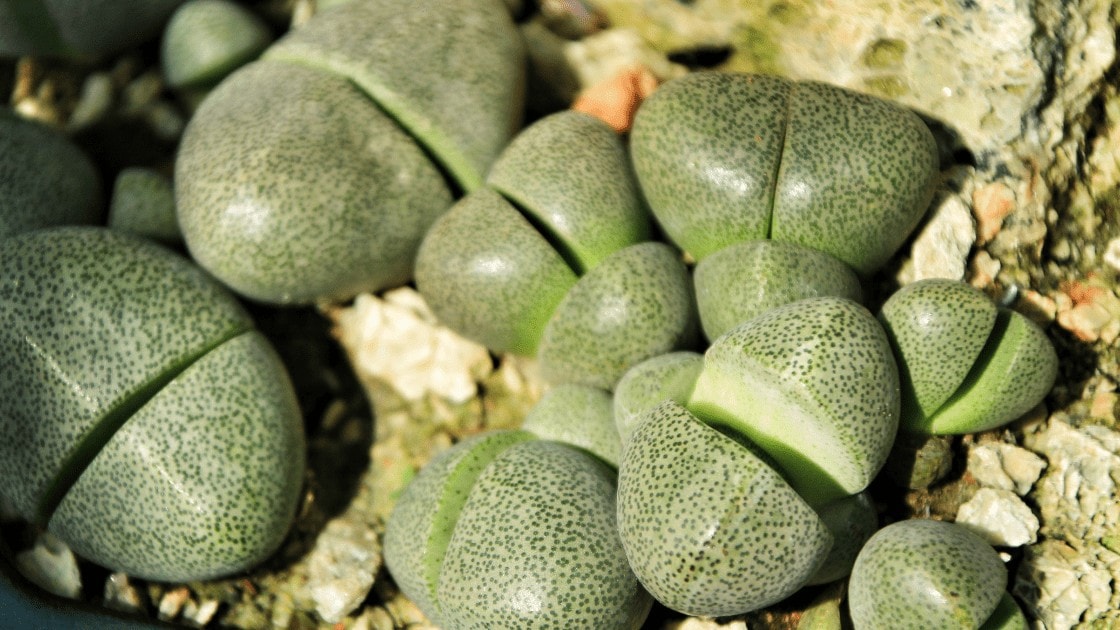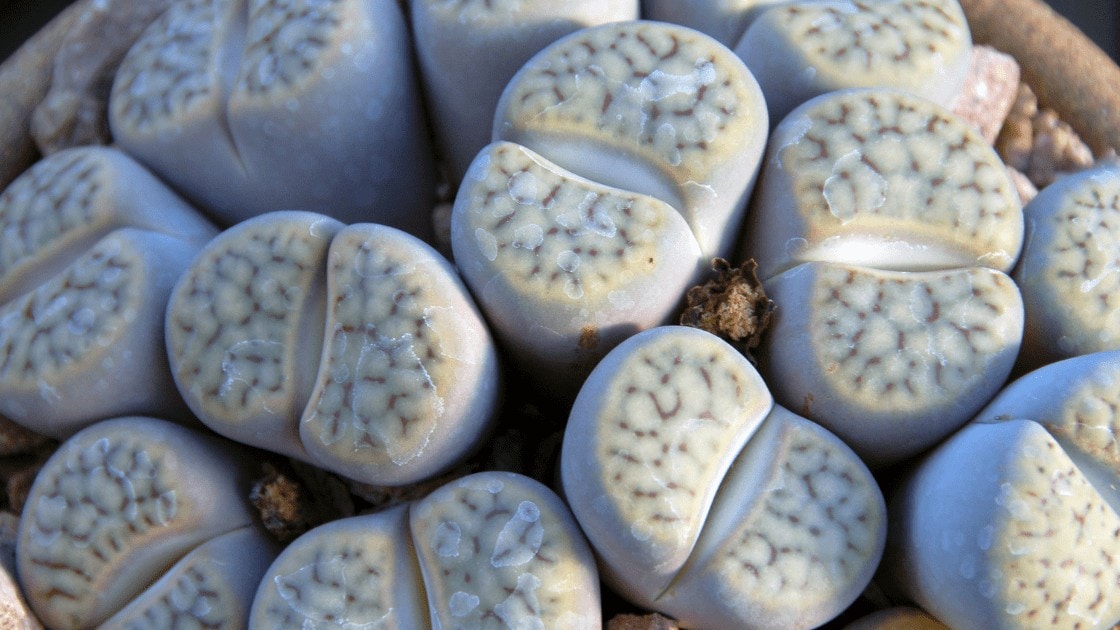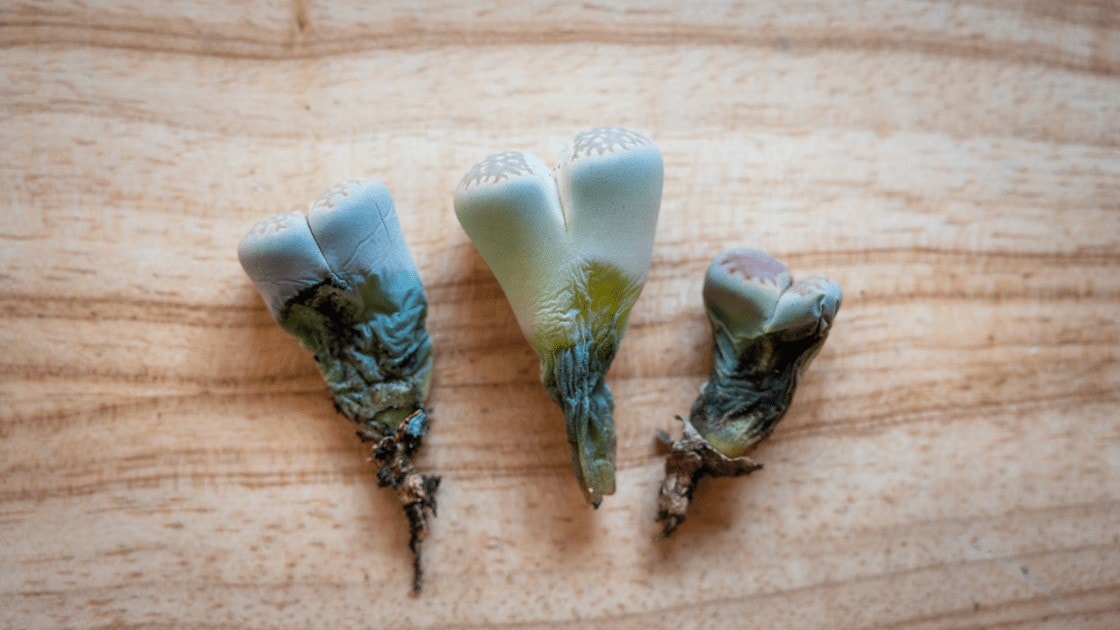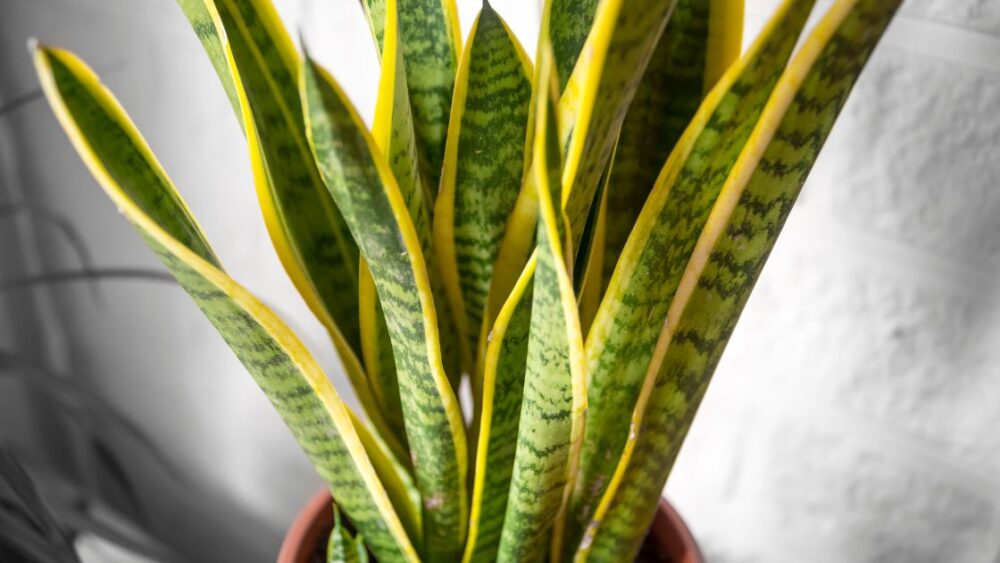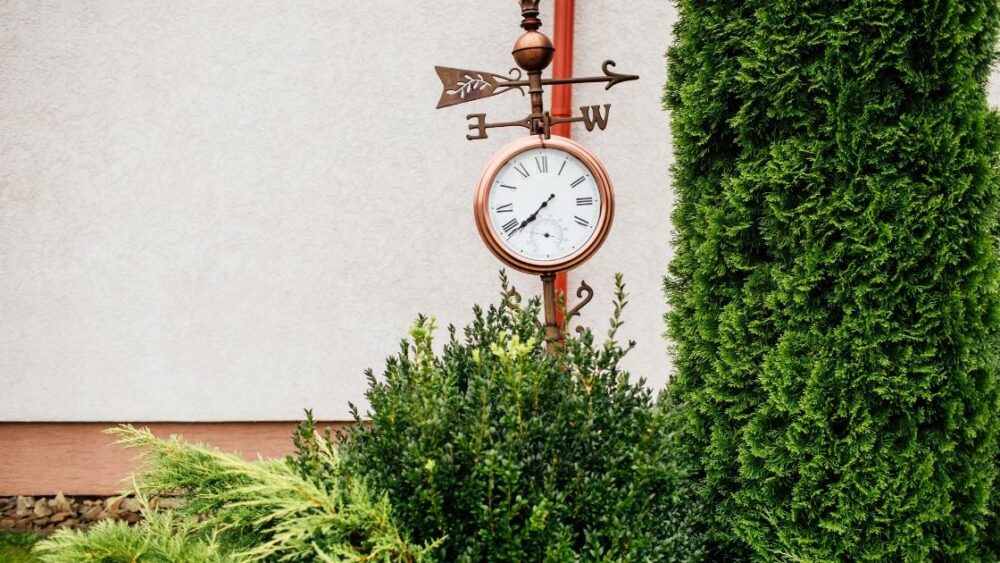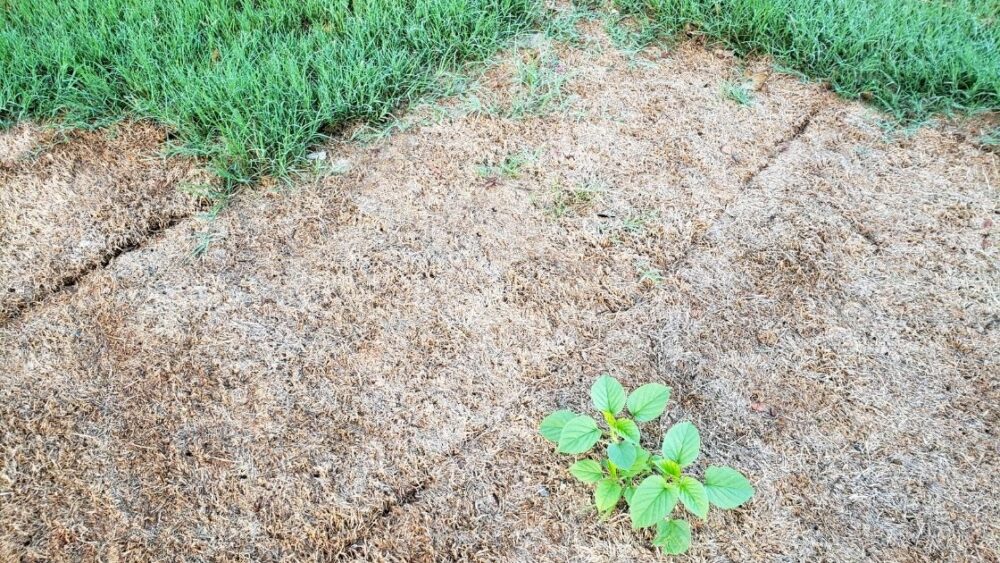
When sod dies or dries up, a tempting option may be to simply spread grass seeds all over it and let nature do its work. Unfortunately, this isn’t always as simple as it sounds and can’t always be done successfully without prior preparation of the sod with machinery. Let’s dig deeper into this topic and look into whether or not seeding over dead sod works and if so – how to do it properly.
Sod (Pros and Cons)
Purchasing and laying sod rolls is one of the most commonly used options for providing a grass layer for lawns and fields. Unlike seeding, laying sod offers an immediate solution. It can also be used at any time of the year, making it an attractive option for home owners who want to sow their lawns during the summer, when sowing seeds usually has a lower success rate.
Unfortunately, sod does have disadvantages. If the soil hasn’t been prepared properly (loosened up and turned over) prior to laying the sod down, the roots may not make good contact with the soil and areas of the carpet may eventually die, creating a patchy look. There are many other reasons for sod dying, which we’ll discuss later.
Browse our Affiliate Products
Does Seeding Over Dead or Dried-Up Sod Work?
Seeding grass seeds directly on top of dead sod with no preparation does work, but often not as well as you would hope and the resulting grass cover can sometimes be very patchy. The dead sod can also make some seeding methods much more difficult. Grass seeds need a thin soil cover to germinate and establish properly – for that reason, raking is often performed. With a thick layer of dried-up sod, raking isn’t really practical to do.
Preparing Sod for Overseeding
Although just sprinkling seeds on top of dead sod doesn’t always yield satisfactory results, with some preparation, overseeding can be very successful. Here are a few pointers and the preparation steps necessary in most cases:
- If possible, mow the grass as low as you can. Sometimes, dead sod layers are low enough that mowing isn’t practical, nor necessary.
- Perform dethatching and/or aeration. Both of those procedures are performed with specialized machinery. Those procedures create openings for the new seeds to fall in and germinate without drying up.
- Distribute the new seeds with a seeding machine. The selection of seeds is a whole other topic and does require some research. According to many gardeners, some types of grass work much better for overseeding compared to others. It’s best to talk to your local seed supplier or to a store consultant and mention that you’re going to be using the seeds for overseeding. Different grass seeds are also suitable for sowing during different months of the year.
- Water the lawn thoroughly and don’t allow it to get too dry before the new seedlings have had time to establish their roots.
As you can see below, there are many different types of grass seed. When making purchase, always make sure that the grass seed you choose goes with the application and outcome you desire. Some grasses are sun-loving, while others prefer shade.
With no prior preparation of the sod layer (skipping all the steps above), slit-seeding is the best option. However, it also requires a special machine and the results will still not be as good as what you’d get by removing the sod first or preparing it for overseeding using the steps outlined above. If the sod layer has only a very small patch of dead grass and you want to take care of it, you can try manually sprinkling grass seeds on the affected area, after mowing as low as possible.
Do The Seeds Need to Be Covered with A Layer Of Soil?
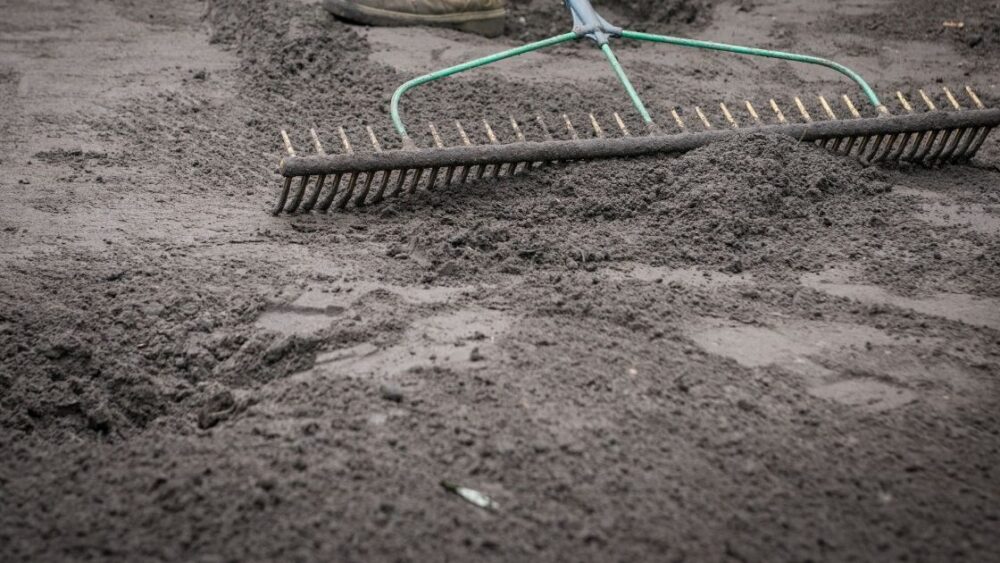
Grass seeds are tiny and don’t need to be buried deep during planting, but a light soil layer of around 1/4 inch is usually necessary. Without this layer, a large percentage of the seeds may dry up and not germinate, giving you patchy results.
Most planting methods, including slit-seeding and manual raking seamlessly incorporate seed covering into the process. When we are overseeding a sod carpet, the preparation steps, such as dethatching and aeration automatically take care of the cover, as the grass seeds automatically fall in the tiny openings created by the procedure.
Why Does Sod Die?
Sod usually dies because of excessive drought. The leaf blades dry up and become yellow. Unfortunately, this is an irreversible process and the leaf blades do not re-green when watering is resumed – however, if you’re lucky, the base of the grass may still be alive and send out new growth in a few days. Many times, this can be quickly fixed, if spotted early on, by simply inspecting and adjusting your sprinklers for proper coverage.
Most other causes of sod death also lead to yellowing, browning or drying up of the blades, which makes the problem difficult to diagnose. Other causes of grass death include excessive nitrogen from pet urine, improper mowing (mowing before the sod carped has established itself), over-fertilization, diseases and stress from weather conditions.
If your sod layer starts to die soon after it is laid down, the cause is usually improper layering of the carpet. If the soil isn’t prepared well before the carped is laid down, air pockets may prevent the roots of the carpet from penetrating the soil and establishing themselves. This problem can be prevented and if caught early enough – cured, by thorough deep watering of the lawn. Drenching the grass with water will loosen up the layer and increase the mass of the carpet, allowing it to settle down on the soil better. Click here to see the different types of sods that Home depot has to offer.
While it can be a pain to revive a dead lawn depending on how large of an area needs to be rejuvenated, you can also run into problems if you let your lawn get out of hand. Check out this article that discusses what can happen. What Can Possibly Happen if you don’t Cut Your Grass?
Can You Revive Dead Sod Instead Of Removing It Or Overseeding?
This depends on the extend of the damage. If the grass has been stressed by drought and the leaf blades have dried up, there is still a chance that the main stem is alive and that a new leaf blade will emerge once water is provided. Usually, the only way to confirm this is to actually water the grass and see if there is new growth in 4-5 days.
Fortunately, thorough watering is also the cure for most other causes of death, making it a convenient ‘blanket solution’. Excessive fertilizers, urine accumulation or improper contact of the roots with the soil are all remedied by water, which will allow the sod carpet to settle down and will wash down any fertilizer accumulation.
For more information on reviving grass, check out this article. Can I Mow Right After Aerating My Lawn and What Happens if I Do?
How To Remove a Dead Sod Layer And When Is This Necessary?
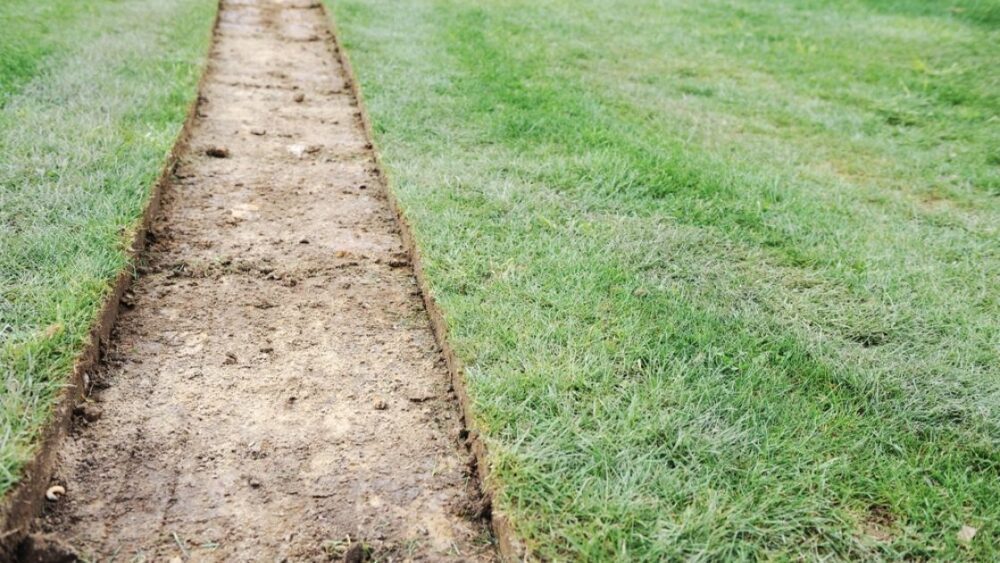
For very small lawns, the sod carpet can be removed manually with a tool of your choice – usually a shovel, combined with a sharp tool like a mattock. When you start the removal process, you’ll quickly notice whether or not the process will be too labor-intensive to perform for the whole lawn. If so, renting a sod-cutter will be your best option – it will make short work of the sod, even for larger lawns.
Removing the sod prior to planting new seeds will always give you the best result, but is not always necessary. Thin layers of dead sod can usually be overseeded successfully. However, very thick and dry layers can be extremely impractical to deal with and removing them may be best. There is no simple rule to determine how successful overseeding will be, as there are too many variables involved.
Other Options for Reviving Dead Sod
Another option for rejuvenating lawns or reviving partially-dead sod is topdressing. This involves adding a layer of soil on top of the dead or dying sod, so that intact leaf blades remain above the layer, but dead ones are covered, allowing them to be naturally composted. After the topdressing layer is added, new seeds are usually added as well to re-thicken the lawn.
Final Thoughts
Dead sod can usually be overseeded, but it can be difficult to predict how successful the overseeding will be, due to variables like the thickness of the sod, the extend of the damage, the overseeding season and others. Sometimes, even sprinkling grass seeds on top of the sod can work, but this ‘method’ is usually suitable only for small dead patches.
For reviving a whole lawn, it’s best to go through the proper steps for overseeding, which are mowing, dethatching, aeration, sowing and watering. Removing the whole carpet of sod, seeding the lawn manually and raking it may be a better option for people with small lawns or people who don’t want to invest in machinery.
